Case of the Week #592
(1) Department of Genetics, Polish Mother's Memorial Hospital, Lodz, Poland; (2) Kasr Al Ainy teaching hospital, Egypt; (3) Laboratory of Cytogenetics, Department of Medical Genetics, Institute of Mother and Child, Warsaw, Poland
A 31-year-old secundigravida with non-contributory medical history presented at 12 weeks, 6 days of pregnancy. Ultrasound revealed the following findings.
The patient was again examined at 15 weeks, 6 days gestation and the following images and videos were obtained. The remainder of the scan was considered normal.
View the Answer Hide the Answer
Answer
We present a case of Walker-Warburg syndrome.
Imaging demonstrated the following findings:
- Video 1,5: Abnormal brain with early ventriculomegaly and abnormally prominent 4th ventricle at 12 and 15 weeks respectively.
- Video 2,6: Abnormal echogenicity inside the globe of the eye at 12 weeks. Similar findings at 15 weeks with demonstration of abnormal echogenicity particularly behind the lens, in the vitreous.
- Video 3: Normal upper limb and external ear.
- Video 4: Fetal facial profile
The ocular findings together with severe early brain anomalies were considered suggestive of Walker-Warburg syndrome. This diagnosis was confirmed by Whole Exome Sequencing, as the fetus harbored two mutations of the POMK gene. Sanger sequencing of parental DNA was done, revealing that one mutation was inherited from the mother (POMK chr8:43122729_T>A NM_032237.5:c.905T>A) and the other, which was different, inherited from the father (POMK chr8:43122597_A>G NM_032237.5:c.773A>G). The mutations have not been described in the literature until now, and were considered potentially pathogenic.
Discussion
Walker-Warburg syndrome is an autosomal recessive disorder characterized by congenital muscular dystrophy, eye and brain anomalies. Central nervous system anomalies may include hydrocephalus, migration disorders, agyria, posterior fossa abnormalities or encephalocele. The association with ocular abnormalities such as retinal dysplasia is suggestive of Walker-Warburg syndrome. In patients with hydrocephalus and posterior fossa abnormalities or encephalocele, a detailed ocular examination is required.
Walker-Warburg syndrome is thought to be due to defects in dystrophin-glycoprotein complex, which is responsible for spanning the sarcolemma of skeletal muscle cells. It is a rare disease with positive consanguinity, and an incidence rate of 1.2 per 100, 000 live births.
Prenatal diagnosis is challenging as most of the signs appear late in gestation. Lissencephaly, which is essential for diagnosis of Walker-Warburg syndrome is not diagnosed before the 7th month. Ocular abnormalities can appear earlier. Ultrasound findings concerning for Walker-Warburg syndrome include hydrocephalus, Z-shaped appearance “kink” of the brain stem, small vermis, posterior fossa cysts, agyria, over-migration displayed by echogenic band and reduced peri-cerebral space, cobblestone lissencephaly, and ocular abnormalities such as microphthalmia, retinal dysplasia, and cataract.
References
[1] Blin G, Rabbe A, Ansquer Y, et al. First-trimester ultrasound diagnosis in a recurrent case of Walker–Warburg syndrome. Ultrasound Obstet Gynecol. 2005 Sep;26(3):297-9.
[2] Brasseur-Daudruy M. Walker-Warburg syndrome diagnosed by findings of typical ocular abnormalities on prenatal ultrasound. Pediatr Radiol. 2012 Apr;42(4):488-90.
[3] Lacalm A, Nadaud B, Massoud M, et al. Prenatal diagnosis of cobblestone lissencephaly associated with Walker–Warburg syndrome based on a specific sonographic pattern. Ultrasound Obstet Gynecol. 2016 Jan;47(1):117-22.
[4] Martinez-Lage JF, Poza M, Garcia Santos JM, et al. Neurosurgical management of Walker-Warburg syndrome. Childs Nerv Syst. 1995 Mar;11(3):145-53.
[5] Vajsar J, Schachter H. Walker-Warburg syndrome. Orphanet J Rare Dis. 2006;1(29).
Discussion Board
Winners

Lusine Karapetyan Russian Federation Physician

Javier Cortejoso Spain Physician
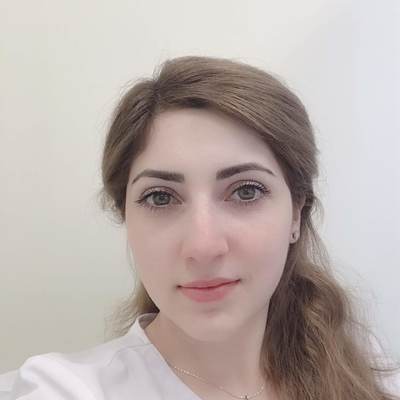
Marina Bagdasaryan Russian Federation Physician
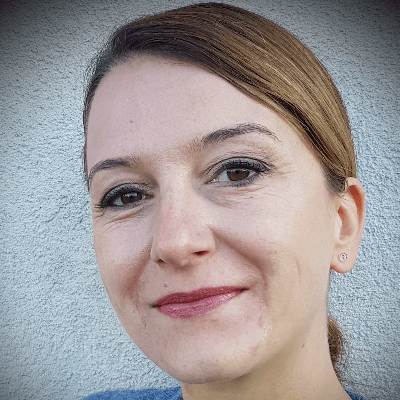
Kristína Bihariová Slovakia Physician

Umber Agarwal United Kingdom Maternal Fetal Medicine
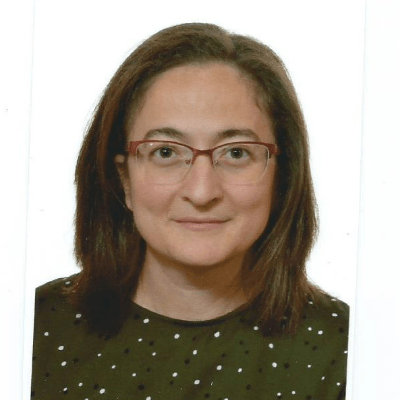
Ana Ferrero Spain Physician
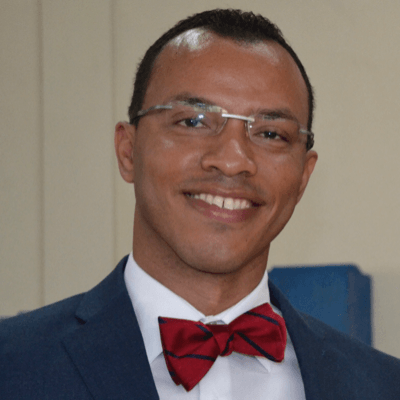
Vladimir Lemaire United States Physician

Boujemaa Oueslati Tunisia Physician

CHARLES SARGOUNAME India Physician
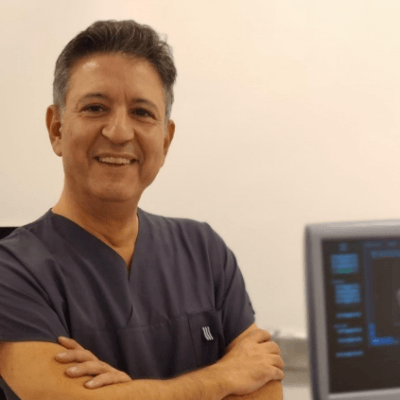
Halil Mesut Turkey Physician

lan nguyen xuan Viet Nam Physician

Olivia Ionescu United Kingdom Physician
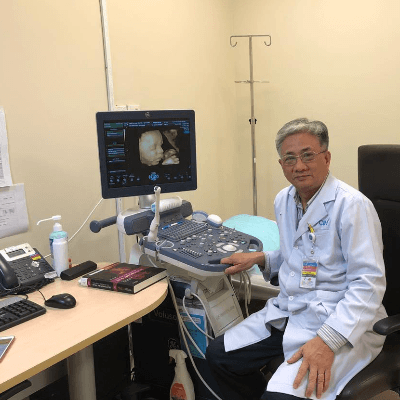
Liem Dang Le Viet Nam Physician

Annette Reuss Germany Physician

ALBANA CEREKJA Italy Physician
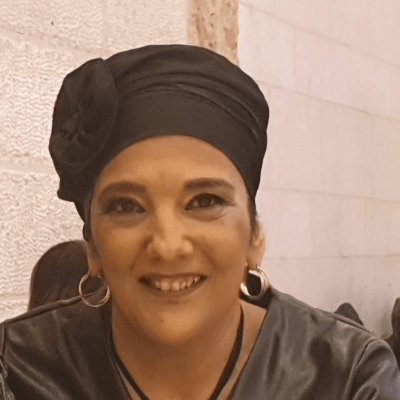
Eti Zetounie Israel Sonographer

Phan Ngọc Sơn Viet Nam Physician
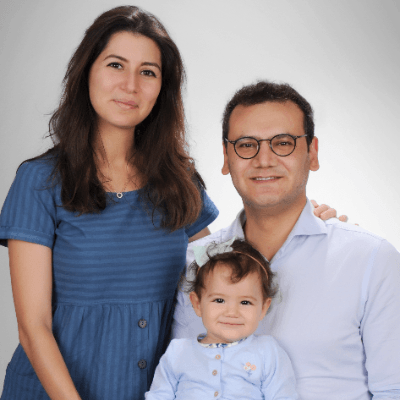
Murat Cagan Turkey Physician

Sonio Sonio France AI
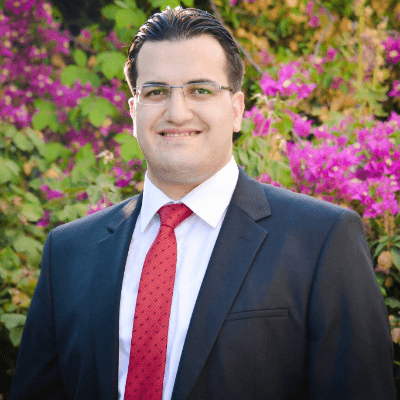
Loai Said Palestinian Territory, Occupied Physician

gholamreza azizi Iran, Islamic Republic of Physician
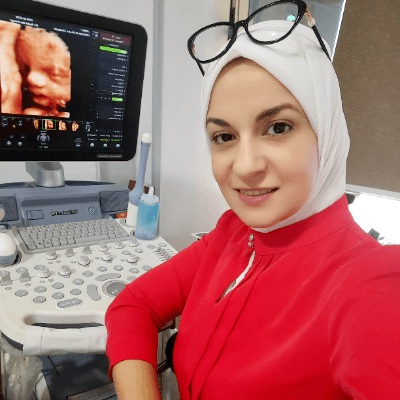
Rasha Abo Almagd Egypt Physician

Ionut Valcea Romania Physician

Cong Bang Duong Viet Nam Physician

Hien Nguyen Van Viet Nam Physician

SAVITA SHIRODKAR India Physician

Rupal Sasani India Physician

izabela dera Germany Physician